Invasive species in Ontario- see how many you can find!
We originally designed this invasive species bingo as part of our Lake Erie Guardians program, but we figured other water lovers might have fun with it, too! If you live near the Great Lakes, it likely won’t take you very long to find each of these items. It is truly eye opening to see how pervasive some of these species are.
Let us know how long it takes you to find each item, and we might feature you in a social media post!
Instructions
- Familiarize yourself with each species before trying to identify them. Some are easily mistaken for other species, so make sure to learn some identifying features of the ones you’re looking for!
- Search for each species while out testing. How long does it take you to find each one? You might find that some of them are very widespread and easy to find.
- Take photos of each species you find and upload them with your observations.
Purple loosestrife
- Native to Europe and Asia
- Grows very fast
- Crowds out other plants and reduces biodiversity as a result
- Not as much of a threat as some other species, since there are bugs which feed exclusively on it!
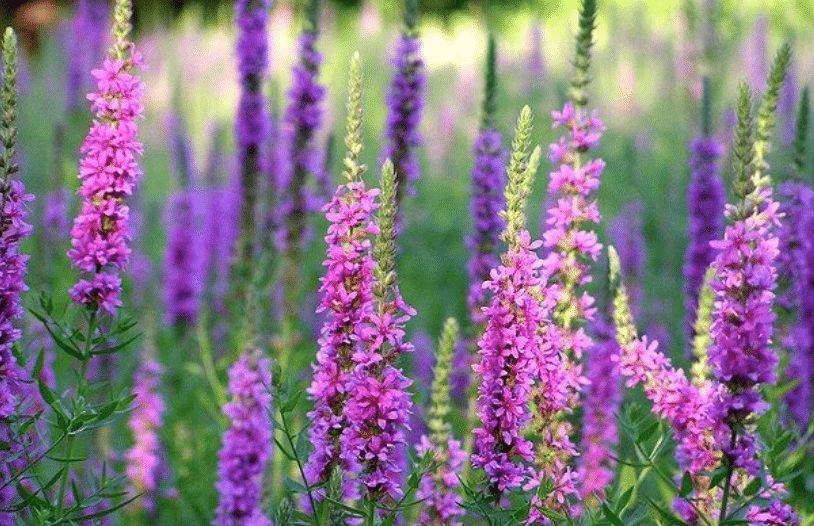
Dog-strangling vine
- Native to Europe and Asia
- Roots and leaves may be toxic to livestock
- Crowds out other plants and reduces biodiversity as a result
- Poses a threat to monarch butterflies, a species at risk in Ontario
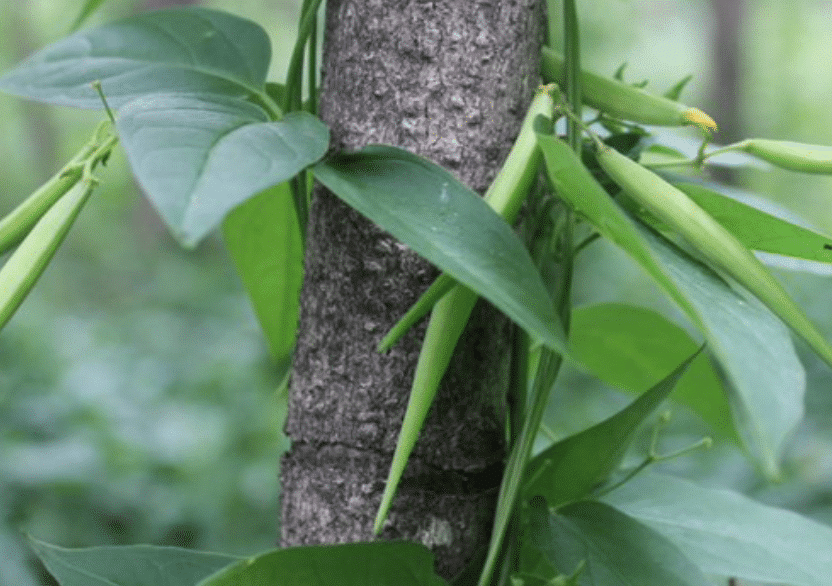
Garlic mustard
- Native to Europe
- Poses a threat to several species, like Trilliums, by hindering the ability of plants to receive nutrients
- Smells strongly of garlic when leaves are young
- Is not a valuable food source for native wildlife
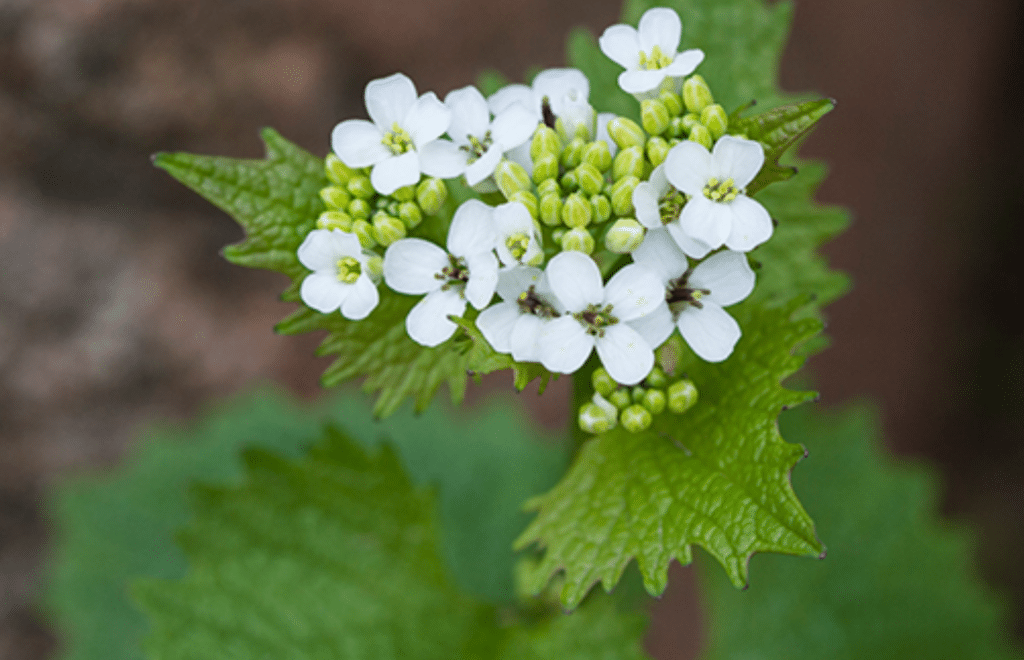
Invasive phragmites
- Native to Eurasia
- Crowds out native plants
- Releases toxins into the soil which kills other plants
- Grows very quickly and uses more water than other plants
- Increases fire hazards when plants die
- Provides poor habitat for most native wildlife
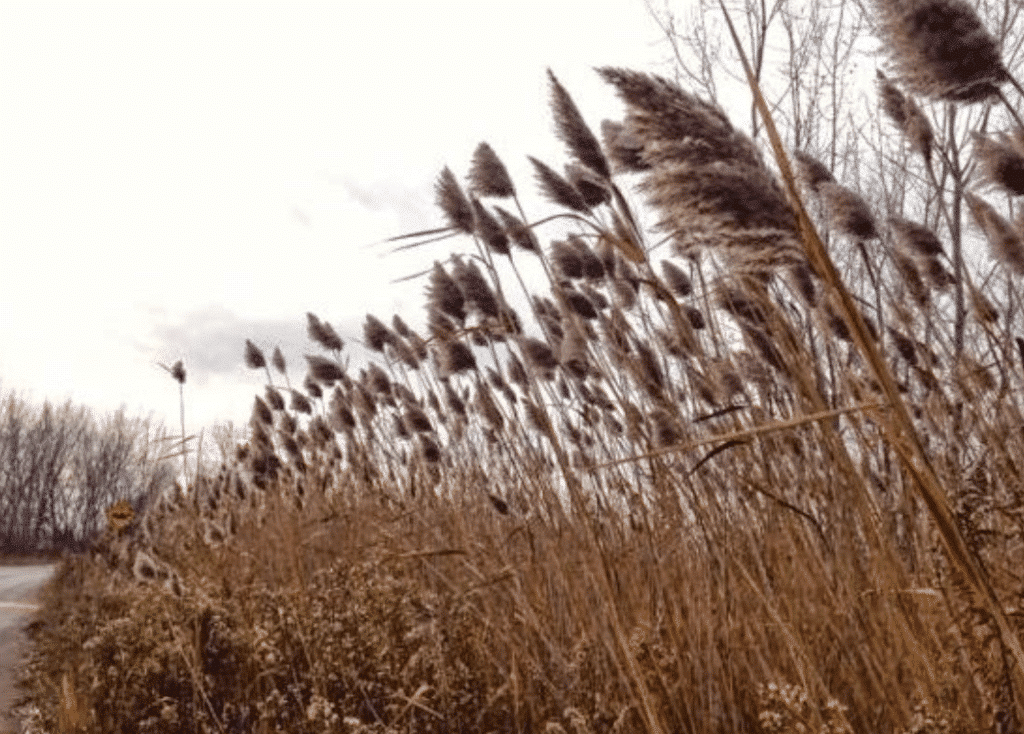
Cladophora
- Not invasive, but definitely a nuisance!
- A hair- like green algae that grows on hard surfaces like rocks
- As it dies off, it washes up on shorelines in mats, impacting communities with both it’s sheer volume and horrible smell
- Often caused by excessive nutrients
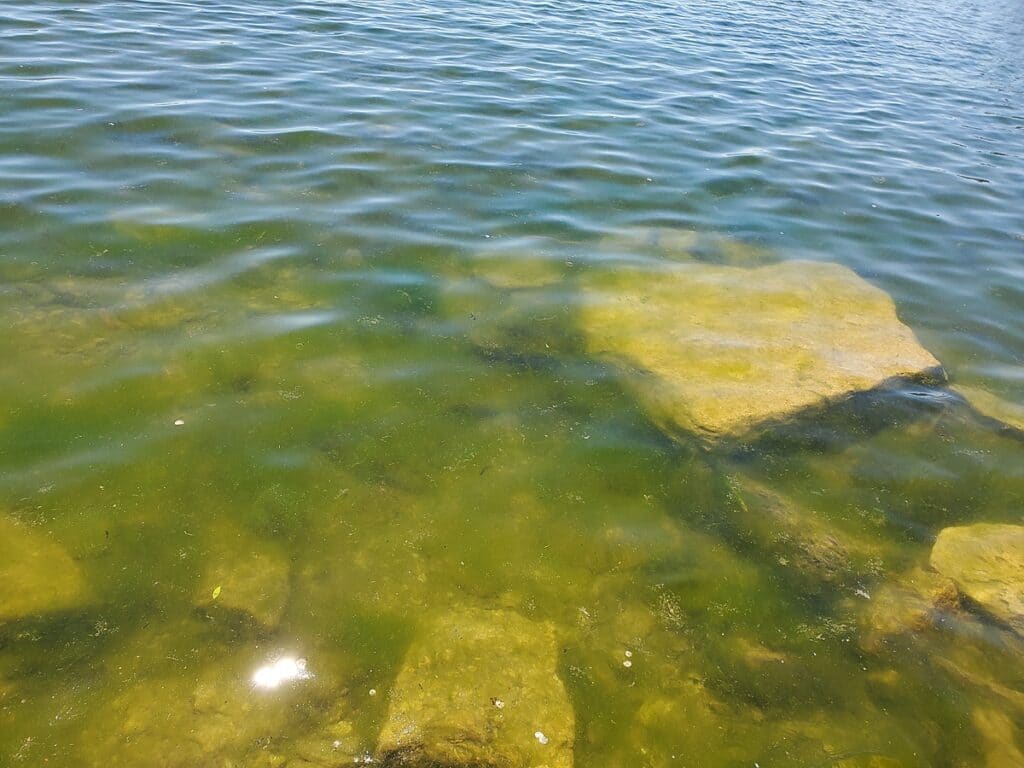
Emerald ash borer
- First identified in Ontario in 2002
- Probably first arrived in wood packaging or pellets
- Feeds on all species of Ash trees
- Leave “S” shaped tunnels under the bark of trees
- Larvae cut off the trees’ food and water supply
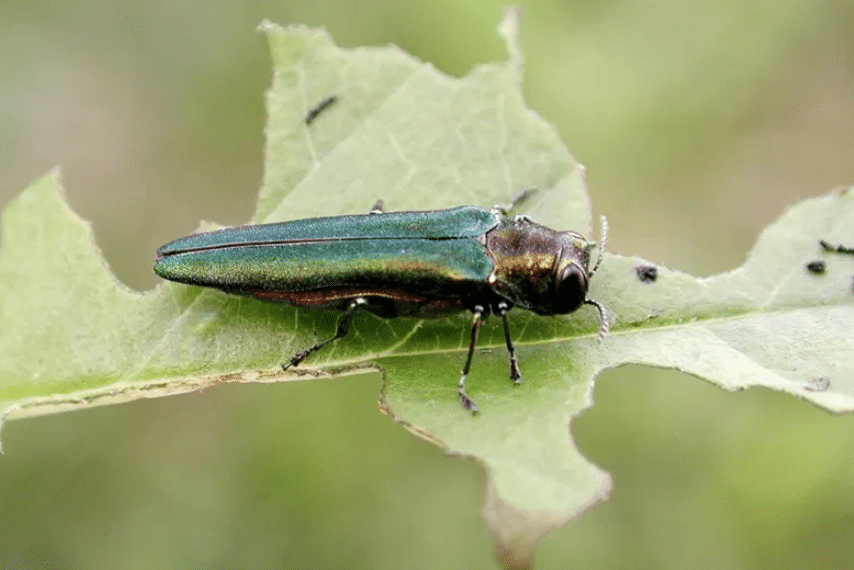
Zebra mussels
- Native to Eurasia
- Probably arrived in the Great Lakes via ships
- Degrade water quality by filtering plankton out of water, which other species need to survive
- Often contain high levels of toxins that can harm or kill the fish and wildlife that consume them
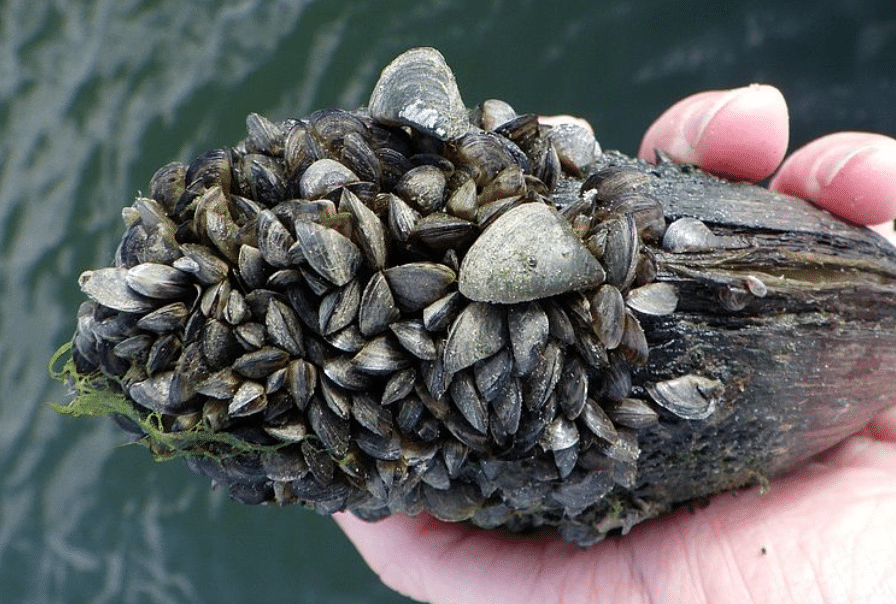
Common buckthorn
- Native to Eurasia
- Originally introduced in the 1880’s (on purpose) for agricultural purposes
- Thrives in a variety of habitats
- Seeds spread and grow very quickly, preventing the growth of other species
- Produces fruit in the late summer and fall
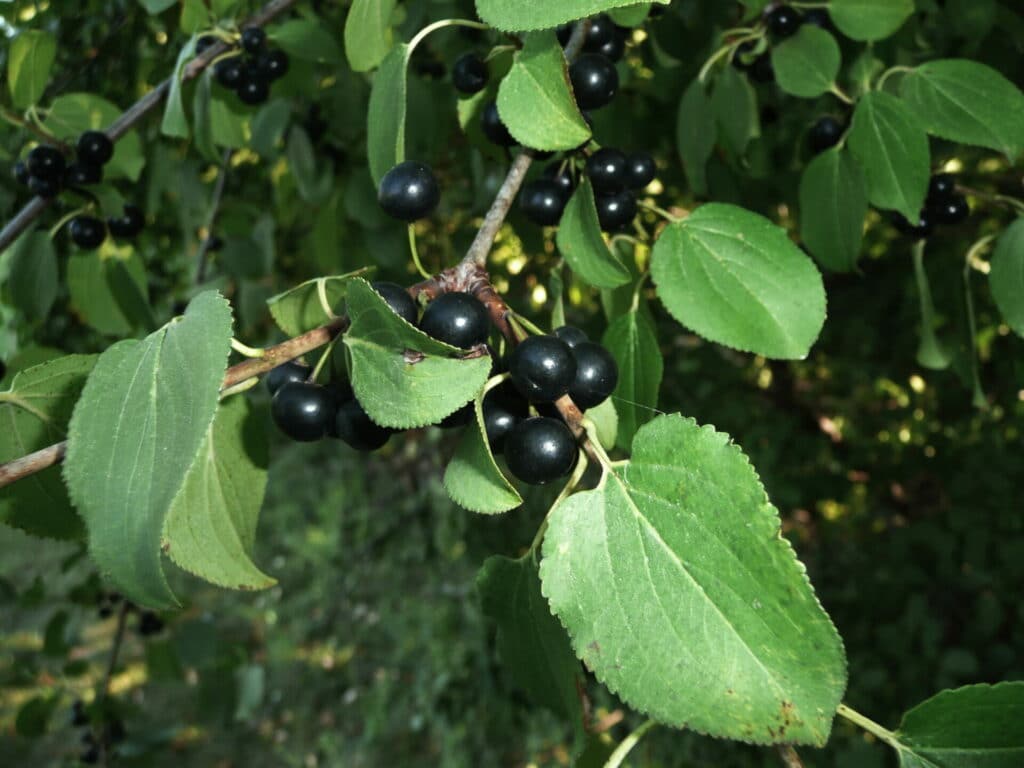
What you can do to help
- Educate yourself and others. Learning how to identify invasive species is the first step towards eliminating them!
- Always clean your hiking and fishing gear, including your boat before transferring it to a new body of water.
- Don’t move firewood.
- Plant native species only. You can talk to your local nursery about this- they’ll definitely have recommendations!
- Report the presence of invasive and nuisance species to the relevant local authorities.
- Get involved with local mitigation efforts.
Warning!
Please do not remove any plants unless you are 100% sure what they are. Do not eat any plants for this same reason.
Additionally, please be careful around algae (especially if you take your dog out testing with you). Some species are toxic, and can pose serious threats to your pets if ingested.
Let us know if you have any questions or concerns!
About the Lake Erie Guardians program
In partnership with Canadian Freshwater Alliance, Water Rangers is helping individuals, families, households, and community groups monitor waterbodies across the Lake Erie watershed in summer 2021. This program is generously supported by the Government of Ontario’s Great Lakes Local Action Fund.
Questions about the program?
If you have any questions about the program, contact us!
